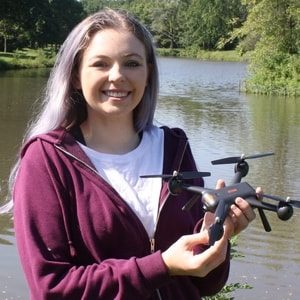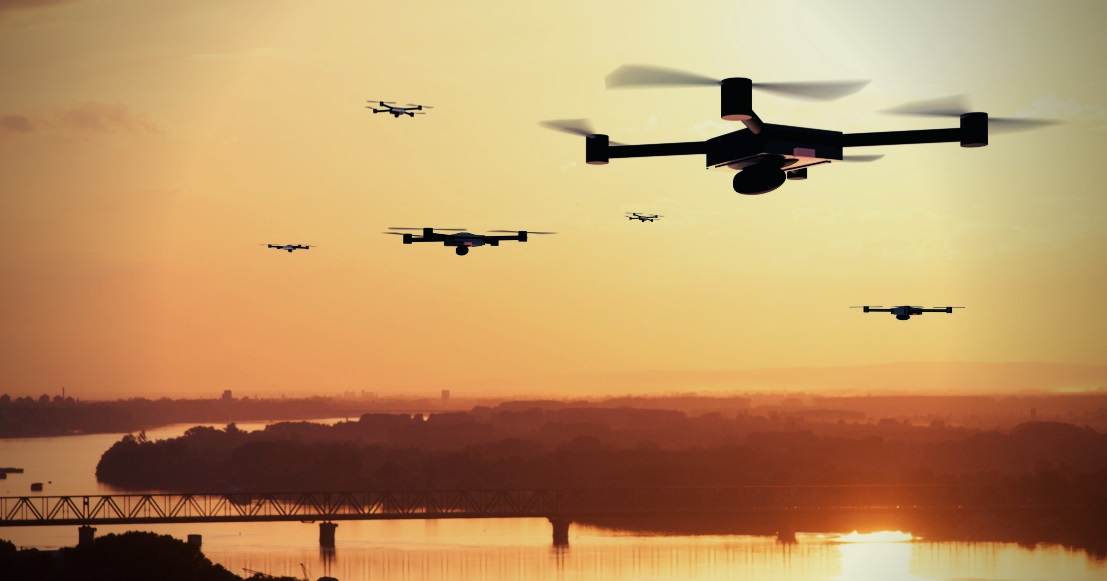FAA Bans New Sites for Flying Drones

Many new drone pilots don’t realize that there are certain laws that drones must abide by. They are not supposed to fly a certain height, depending on the area, and they are not permitted within certain areas such as those near airports. Pilots that don’t follow these rules risk safety to others and can be fined and even jailed, depending on how severely they break the law. Drones flying too close to airports can cause major problems with flights.
As of Monday, December 18, 2017, the Federal Aviation Administration is banning drone flights over seven major U.S. nuclear sites. This was in response to the D.O.E.’s request to make these nuclear research facilities no-flight zones. As of December 29th, this new rule will come into play and have to be followed.
Once this new rule goes into effect at the end of December, no UAVs will be permitted to fly within 400 feet of these nuclear research facilities. Hanford Site in Franklin County Washington, Pantex Site in Panhandle Texas, Los Alamos National Laboratory in New Mexico, Idaho National Laboratory, Savannah River National Laboratory in Aiken South Carolina, Y-12 National Security Site in Oak Ridge Tennessee and Oak Ridge National Laboratory are on the list as no-fly zones for drones. Even though some may not be active, it is important that pilots obey the new law that is in place.

The only exceptions for drones to fly in these areas will be those that are granted by the FAA. An example of an exception would be if a drone was going to be used to complete inspection of one of the facilities. Another example would be if a drone was going to be used as surveillance for security of one of the named nuclear research facilities.
Throughout 2017, as the use of drones continued to increase, the FAA set forth various bans on flights in specific areas. Drone flights aren’t permitted over 133 U.S. military facilities. Flights over places such as the Pentagon and other military bases are strictly prohibited and will result in the drones being shot down as a safety precaution. For safety purposes, drone flights over many landmarks are also illegal. Pilots may not fly drones over 10 U.S. landmarks, which include the Statue of Liberty in New York and Mount Rushmore National Memorial in South Dakota.
Not surprisingly, the flights of drones are banned at many landmarks that are common tourist attractions. This is to keep the public safe. Areas that have also made the list of drone no-flight zones include: the Gateway Arch in St. Louis, Glen Canyon Dam in Arizona, Hoover Dam in Nevada, the USS Constitution in Boston, Grand Coulee Dam in Washington, and Independence National Historical Park in Philadelphia.
The FAA is taking the measures needed to ensure that drone pilots respect the safety of the public as well as the privacy of our military and nuclear facilities. As the U.S. begins to also take steps to ensure drones are registered and their owners/pilots are easily identifiable, laws that are in place will be more likely to be abided by. With fear of fines as well as possible jail time, drone pilots will follow flight laws as closely as drivers follow the rules of the road.






I fully understand and I am all for safety but it seems to me that every time I read about drones and the places you can fly seems to be getting smaller and more restrictive. More Federal, state and local laws are being enacted every day. It is all about NIMBY!!!!l
The number of areas banned by the FAA continues to grow. Soon all non government drone flights will be restricted to fenced in areas with nets overhead to ensure no ones privacy or safety is at risk.
As a Canadian drone enthusiast. I’m disappointed with all the rules and regulations, but I understand the necessity of it all, cause their are a lot of people who just don’t care about other people’s rights and safety. But we need places where we can fly our creations/builds.
While I understand to need for safety & security, the FAA still doesn’t have the authority to regulate recreational drones. I am perfectly able to sit in the park near the St. Louis Arch & safely fly my personal hobby drone within the guidelines of the state of Missouri, not the FAA.